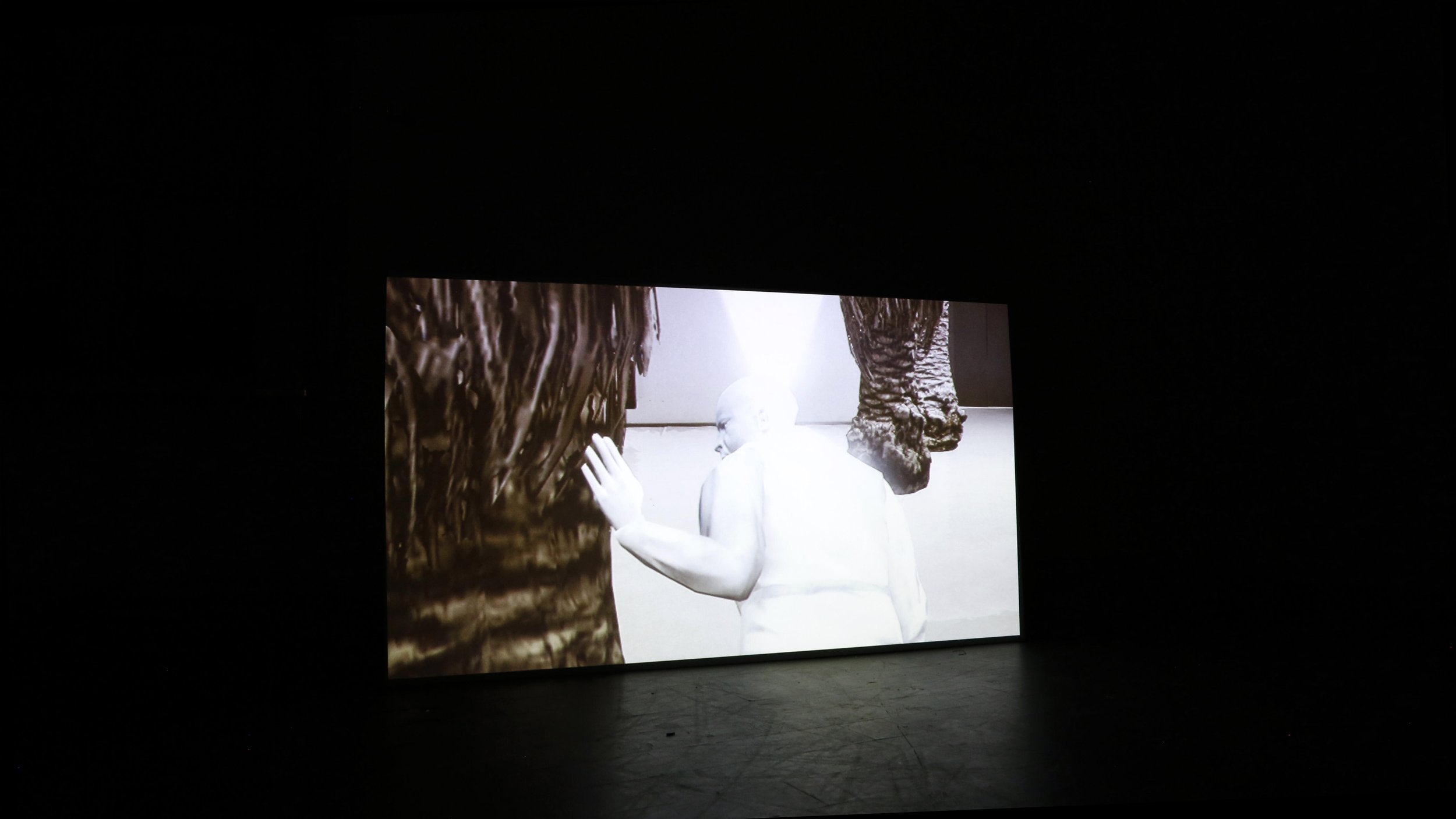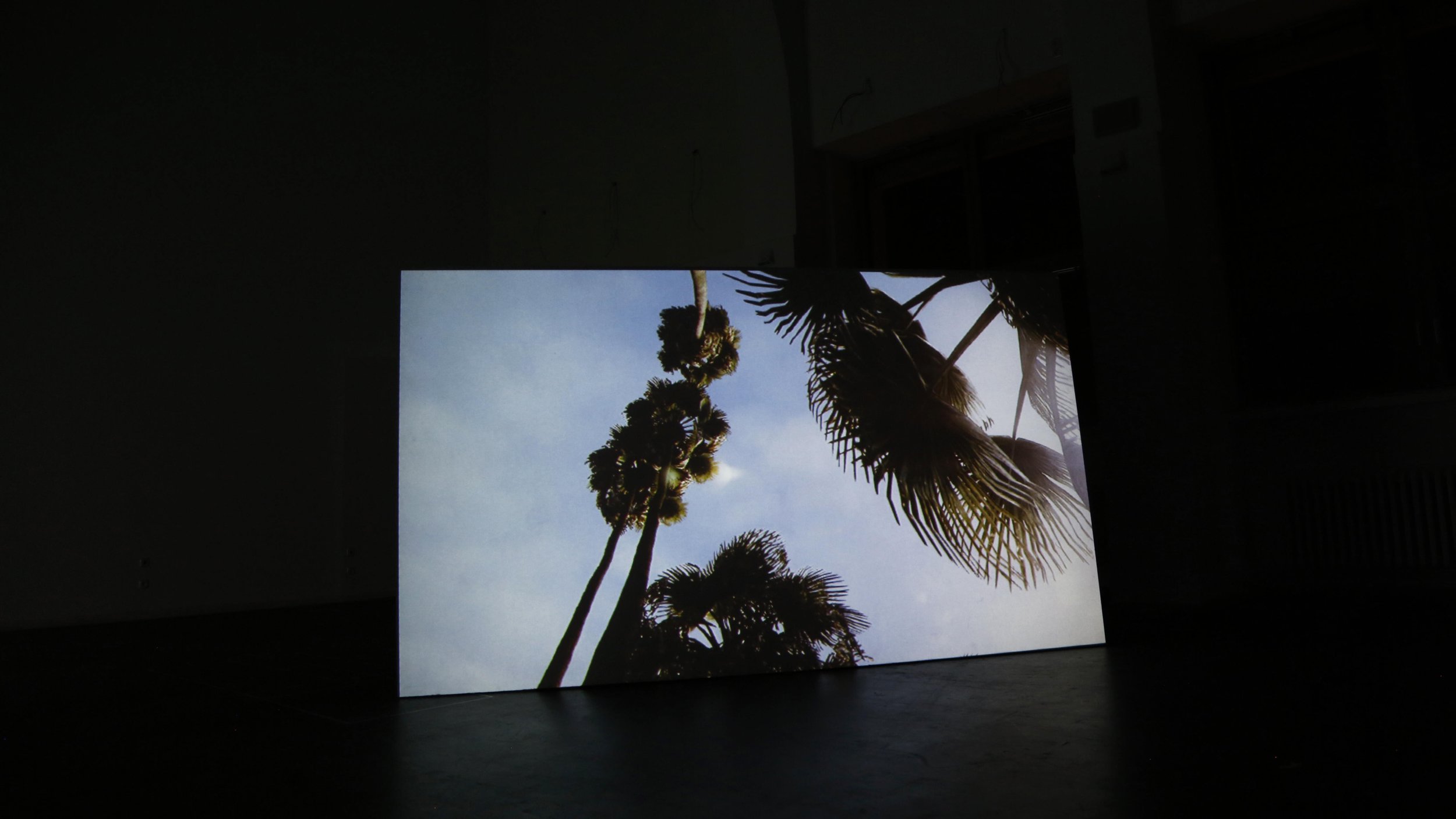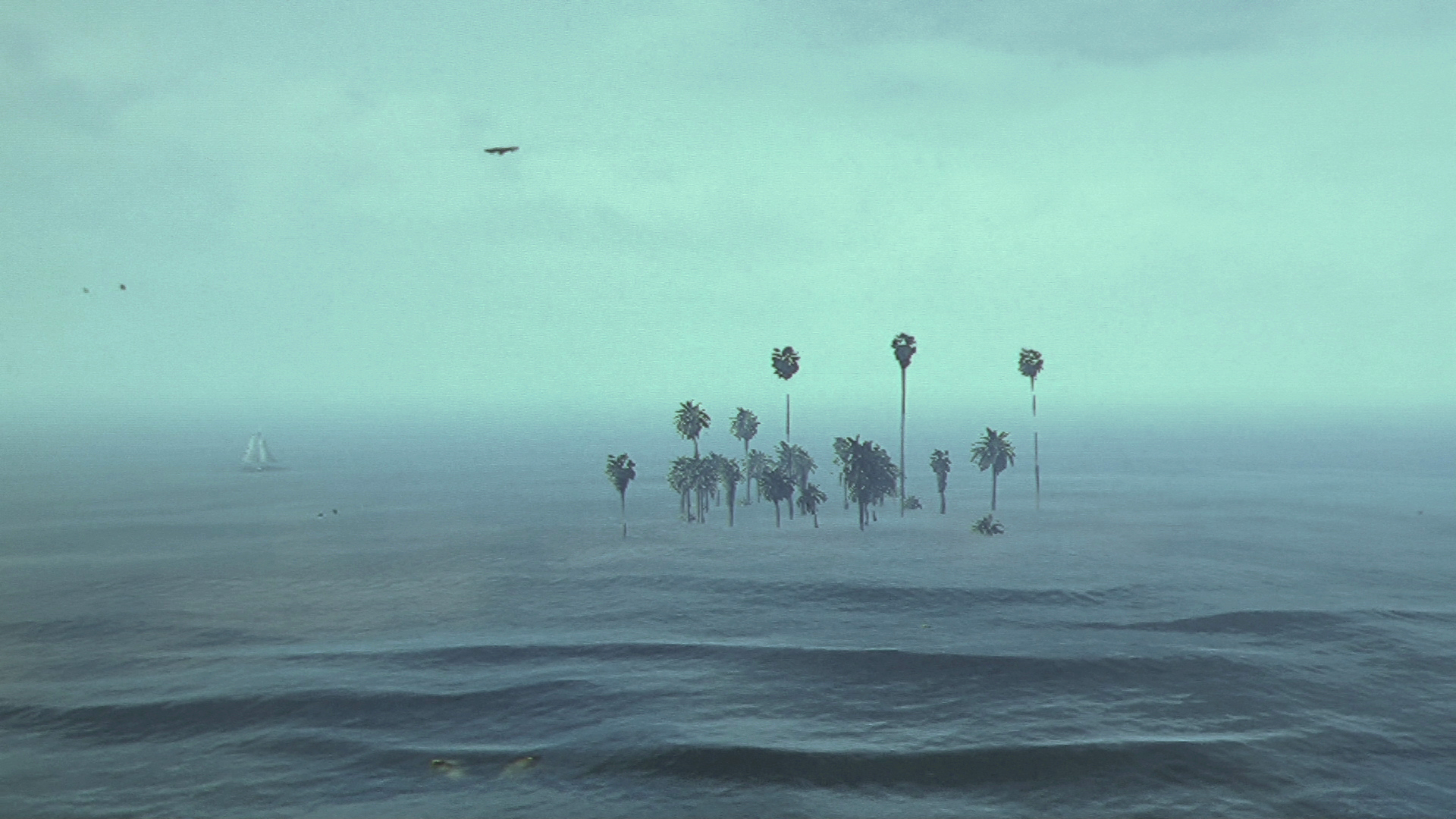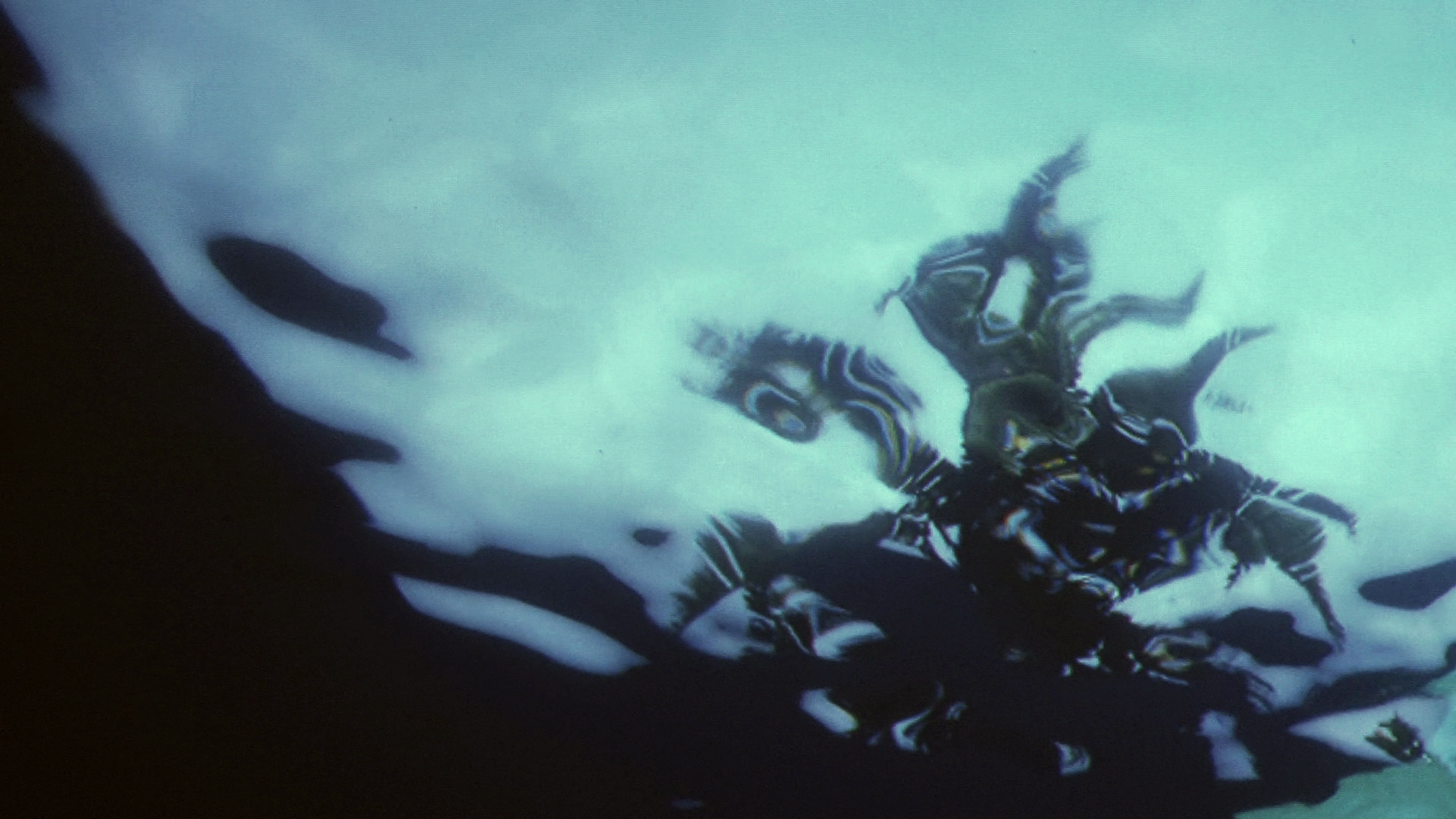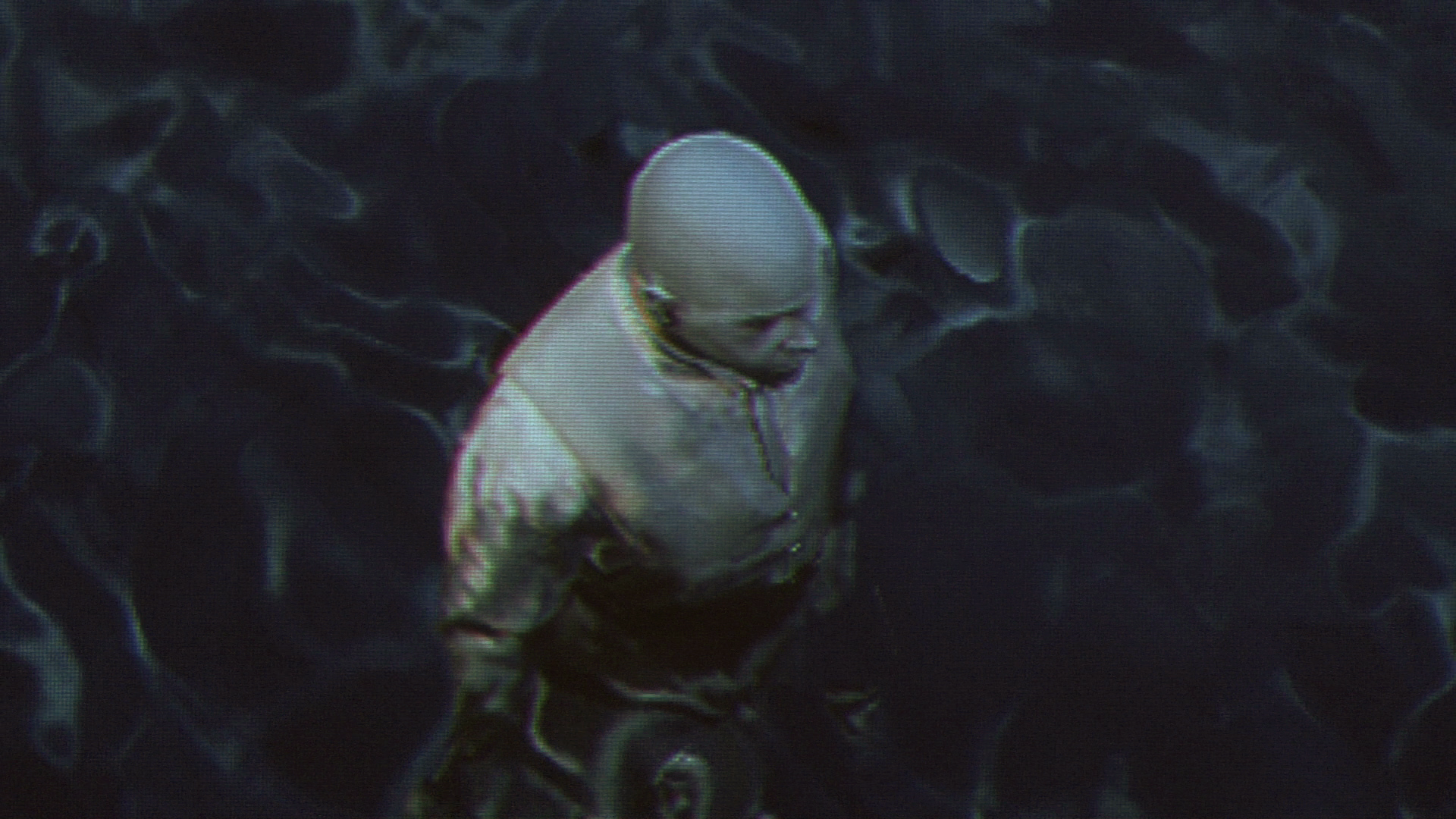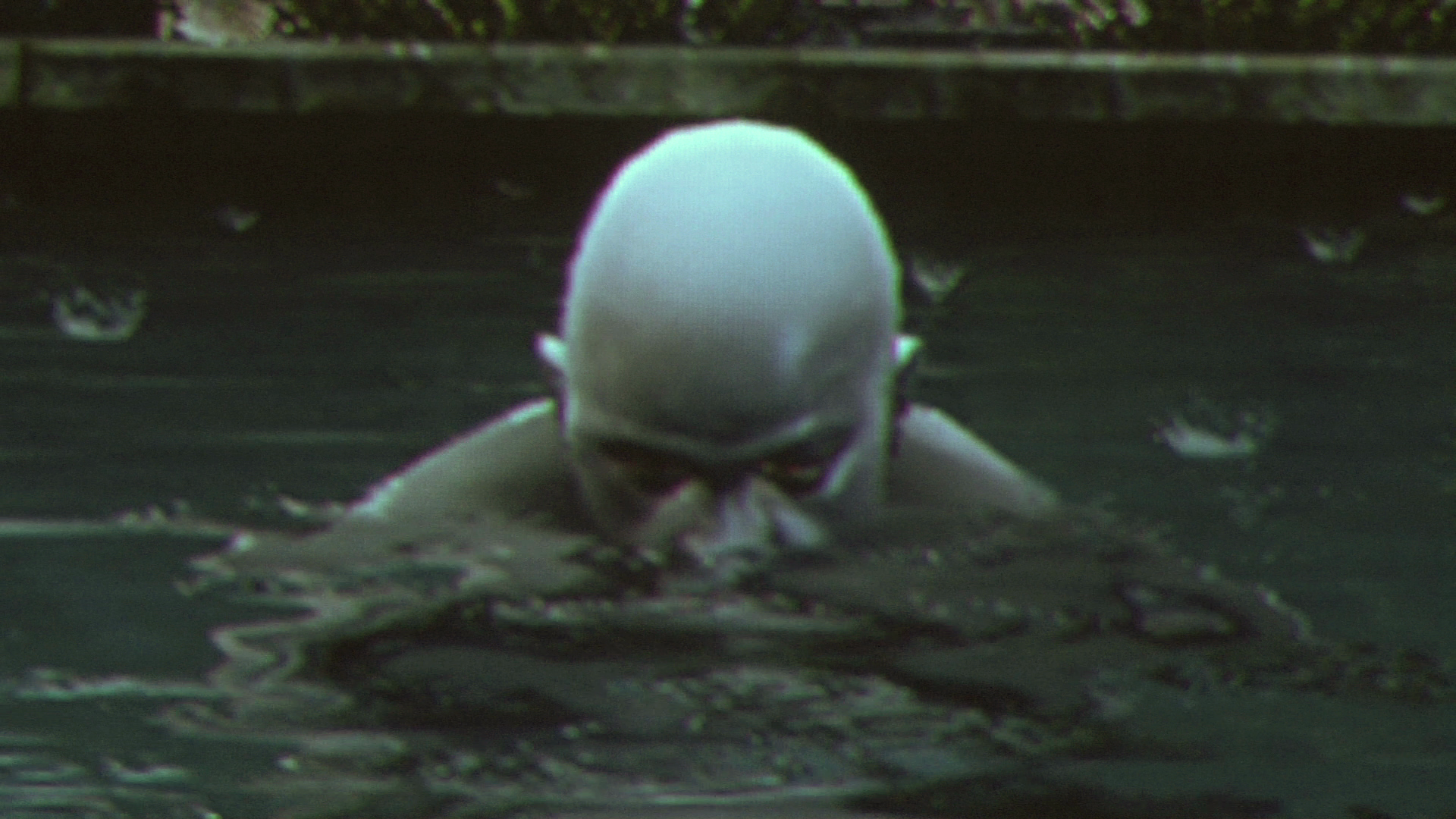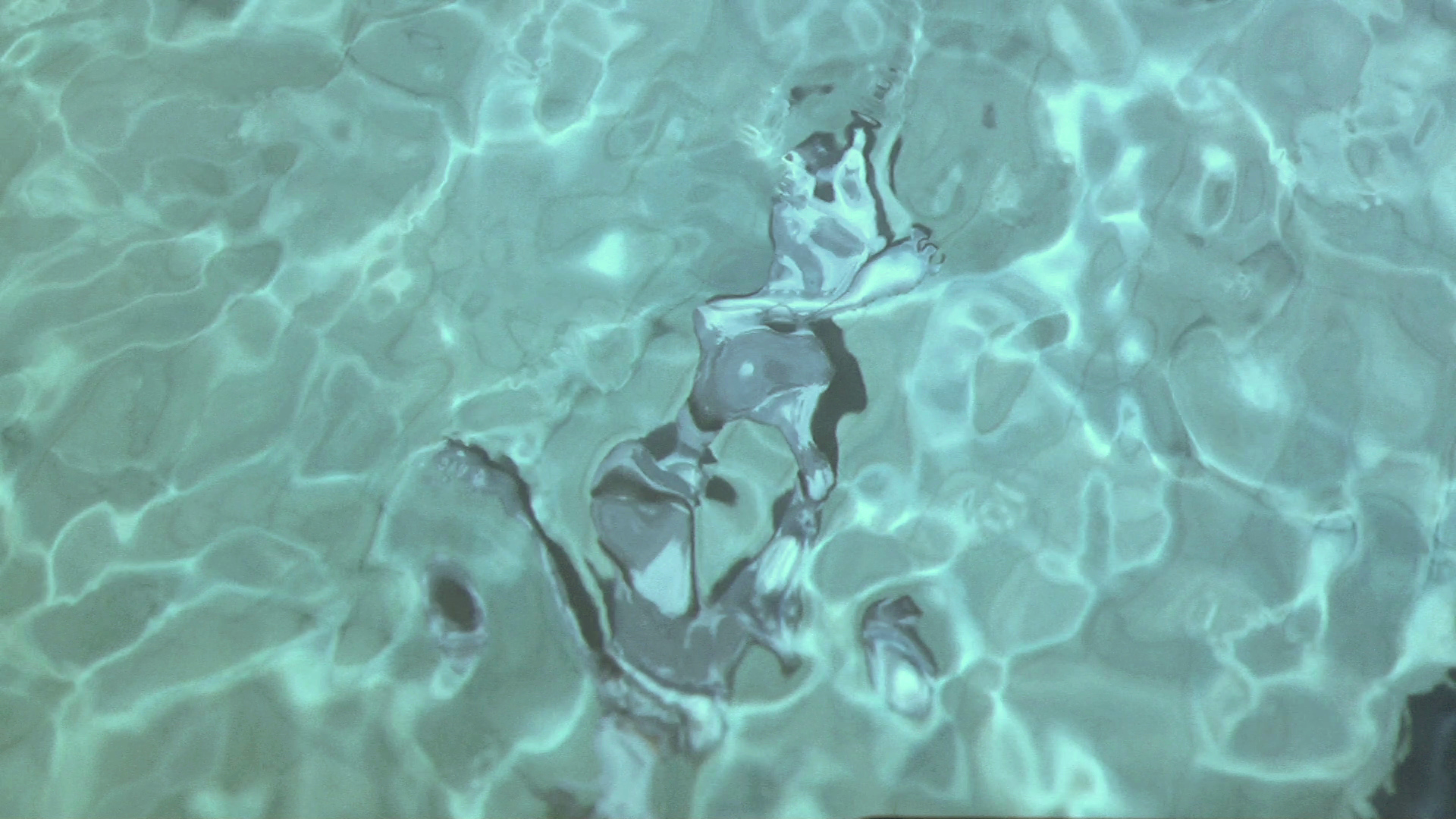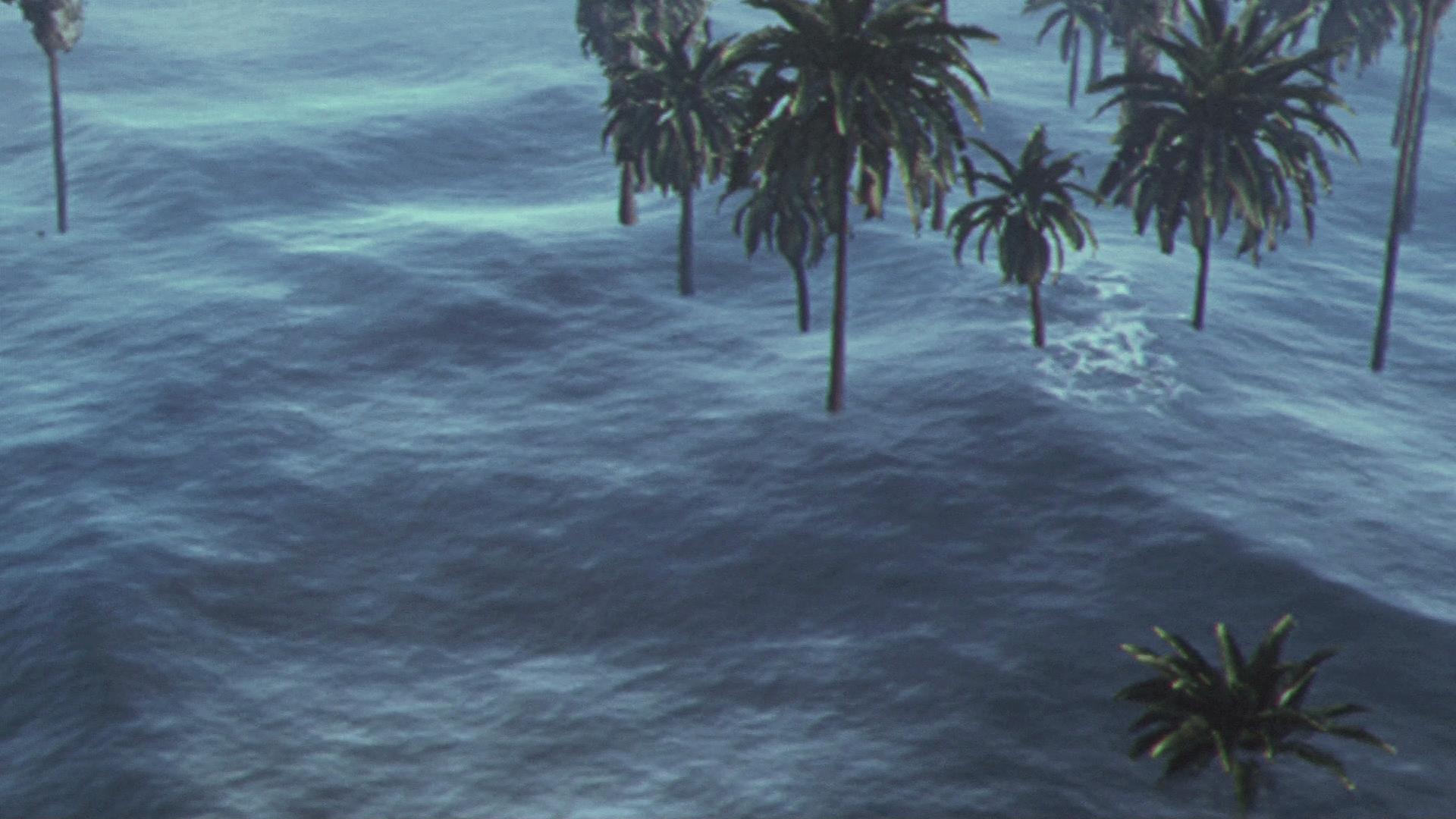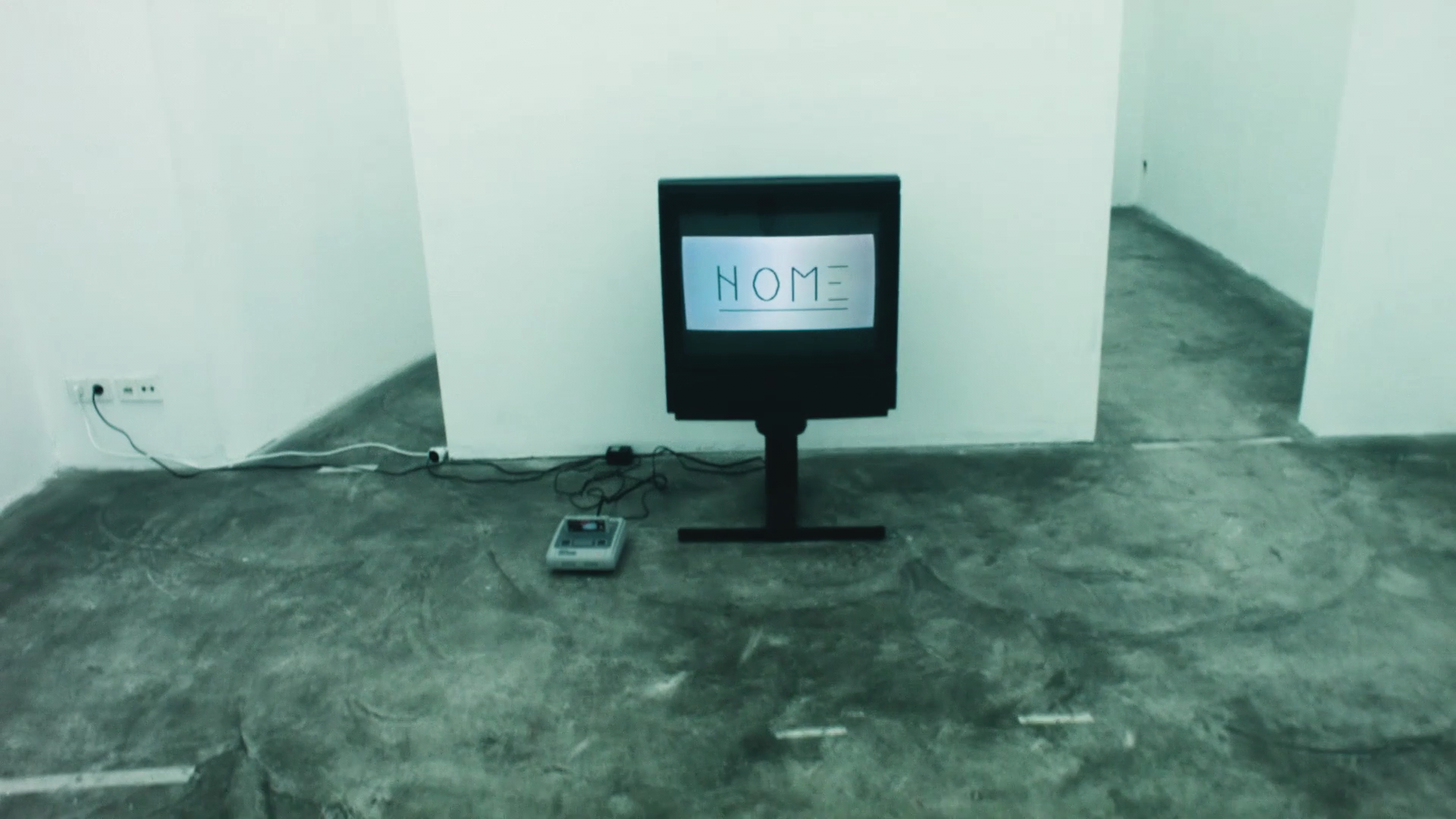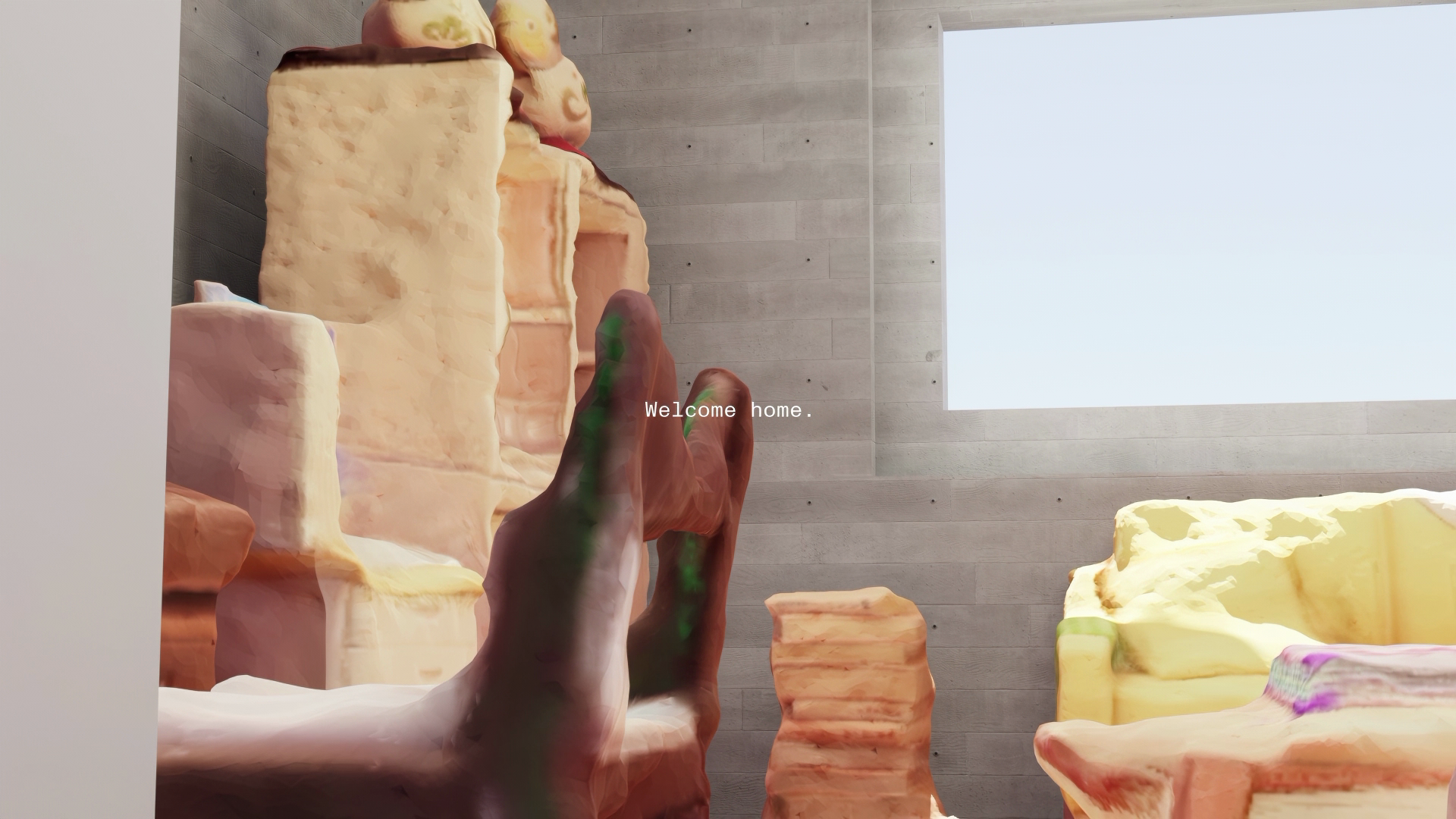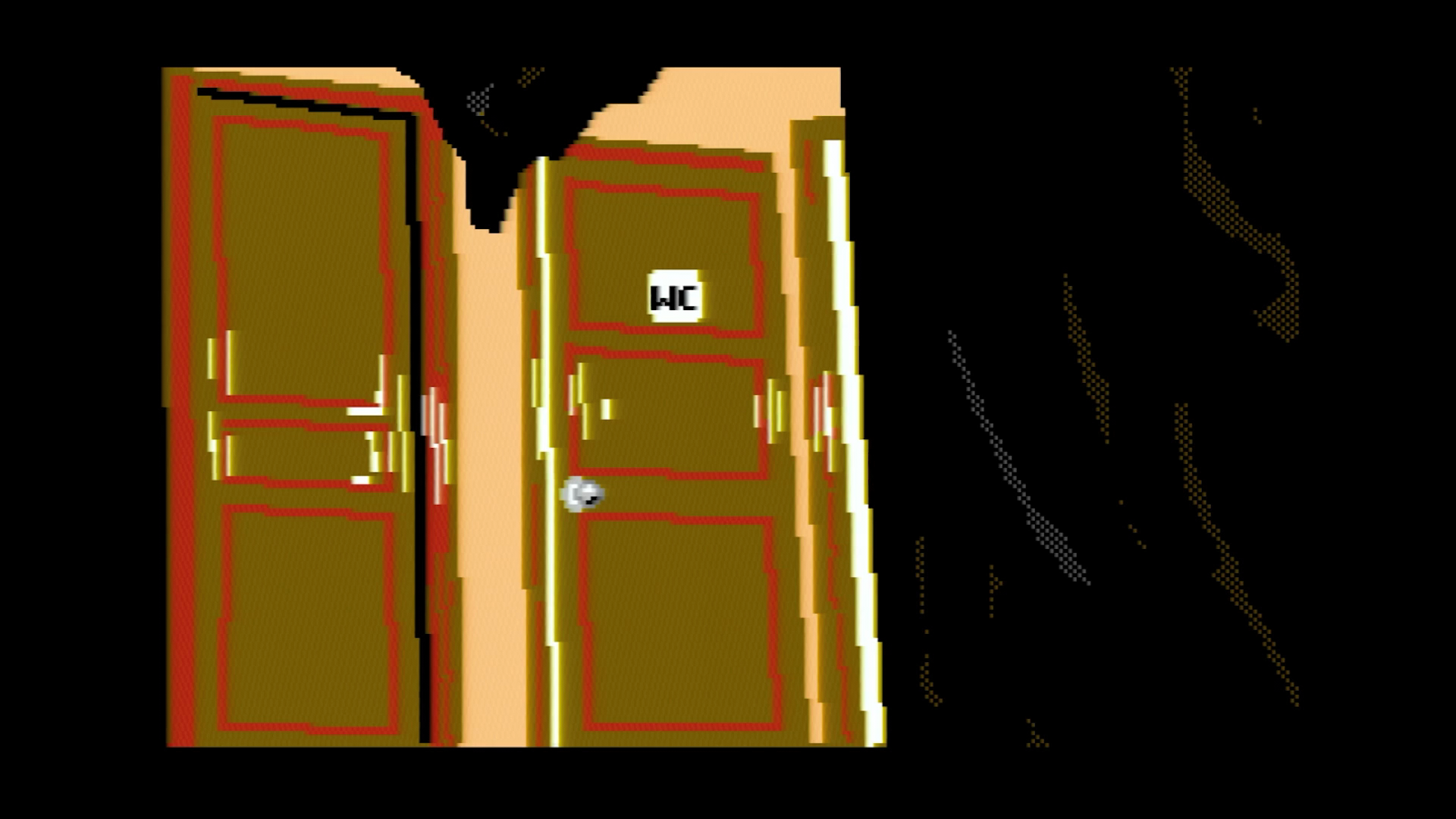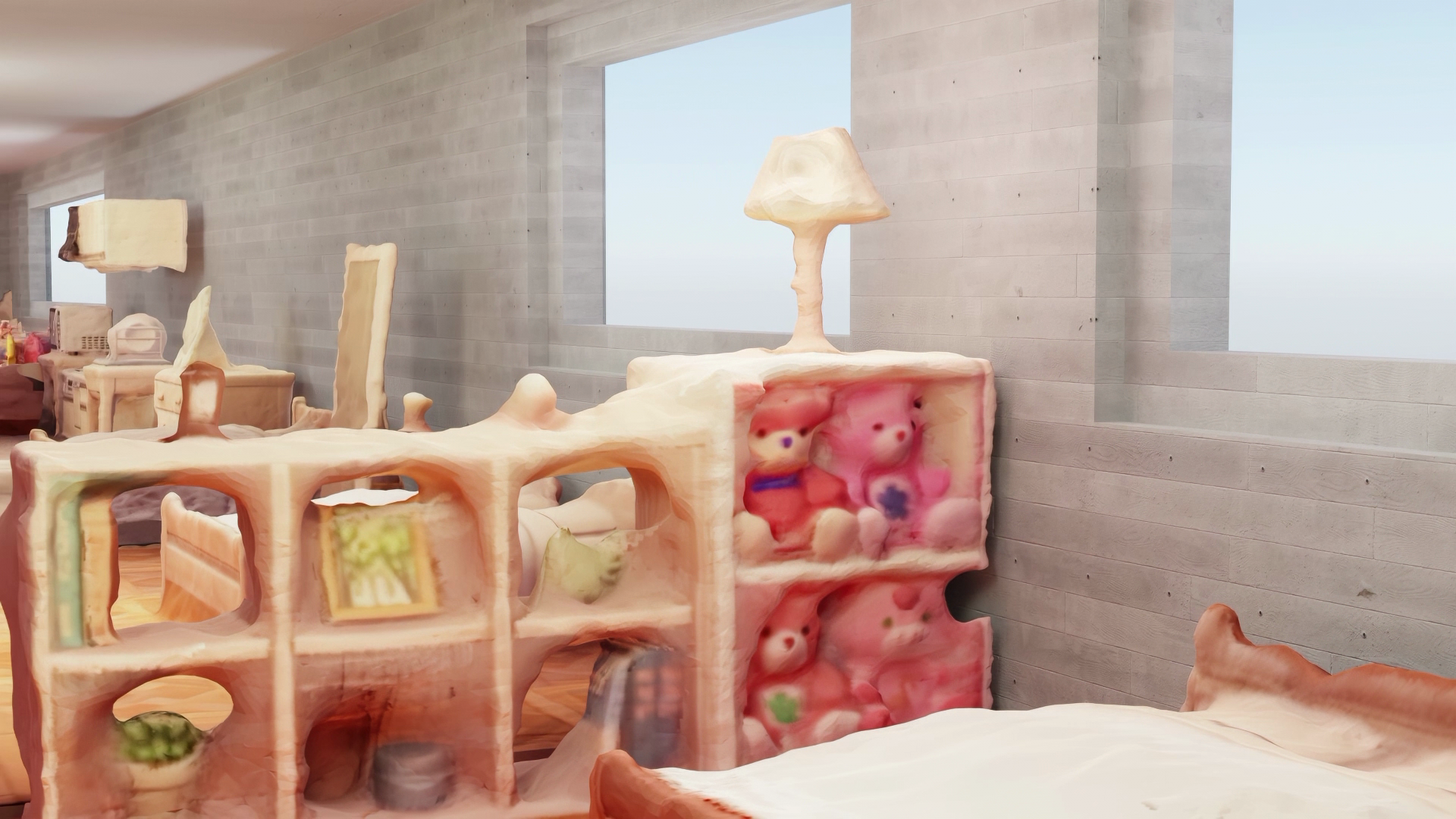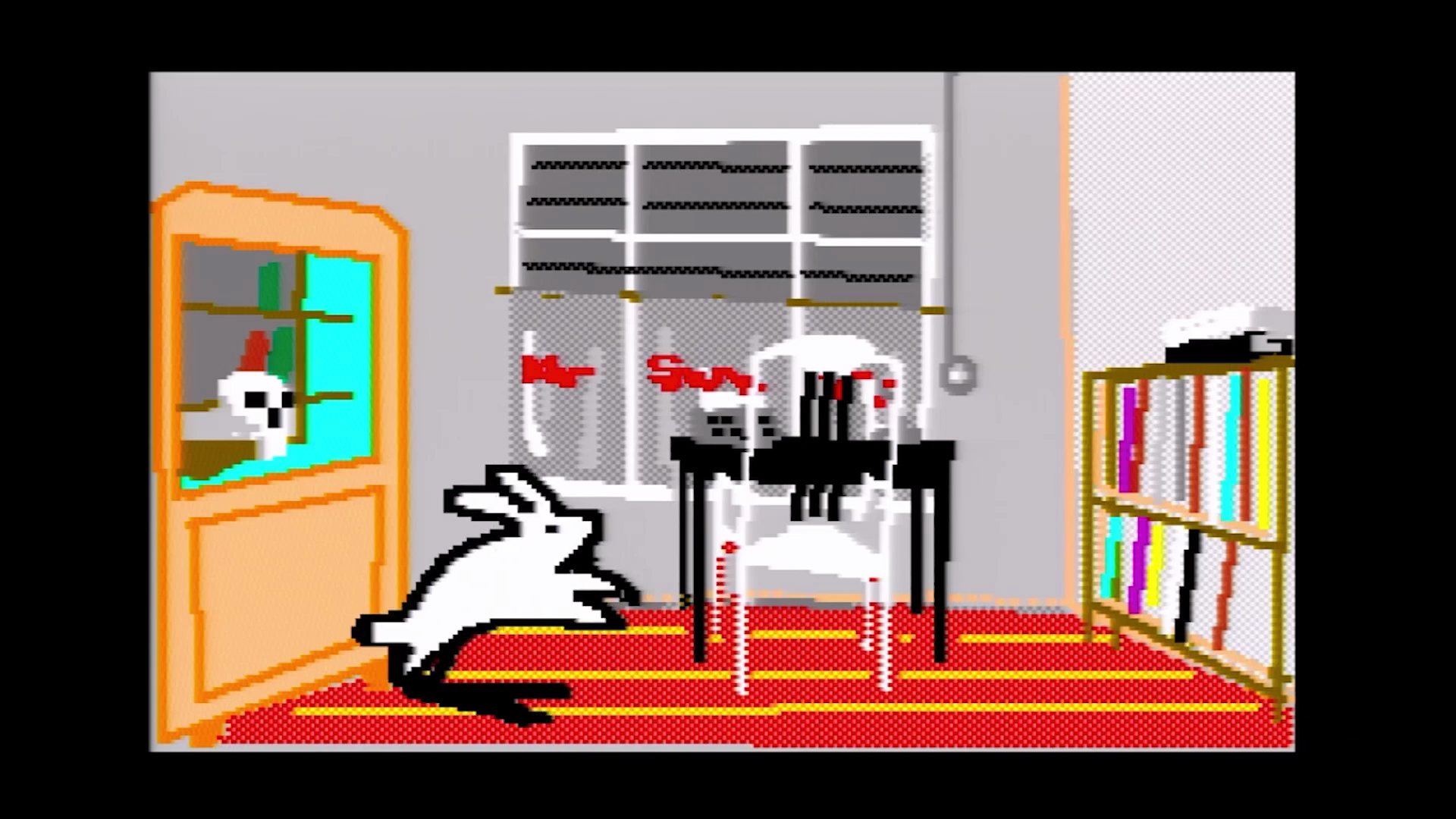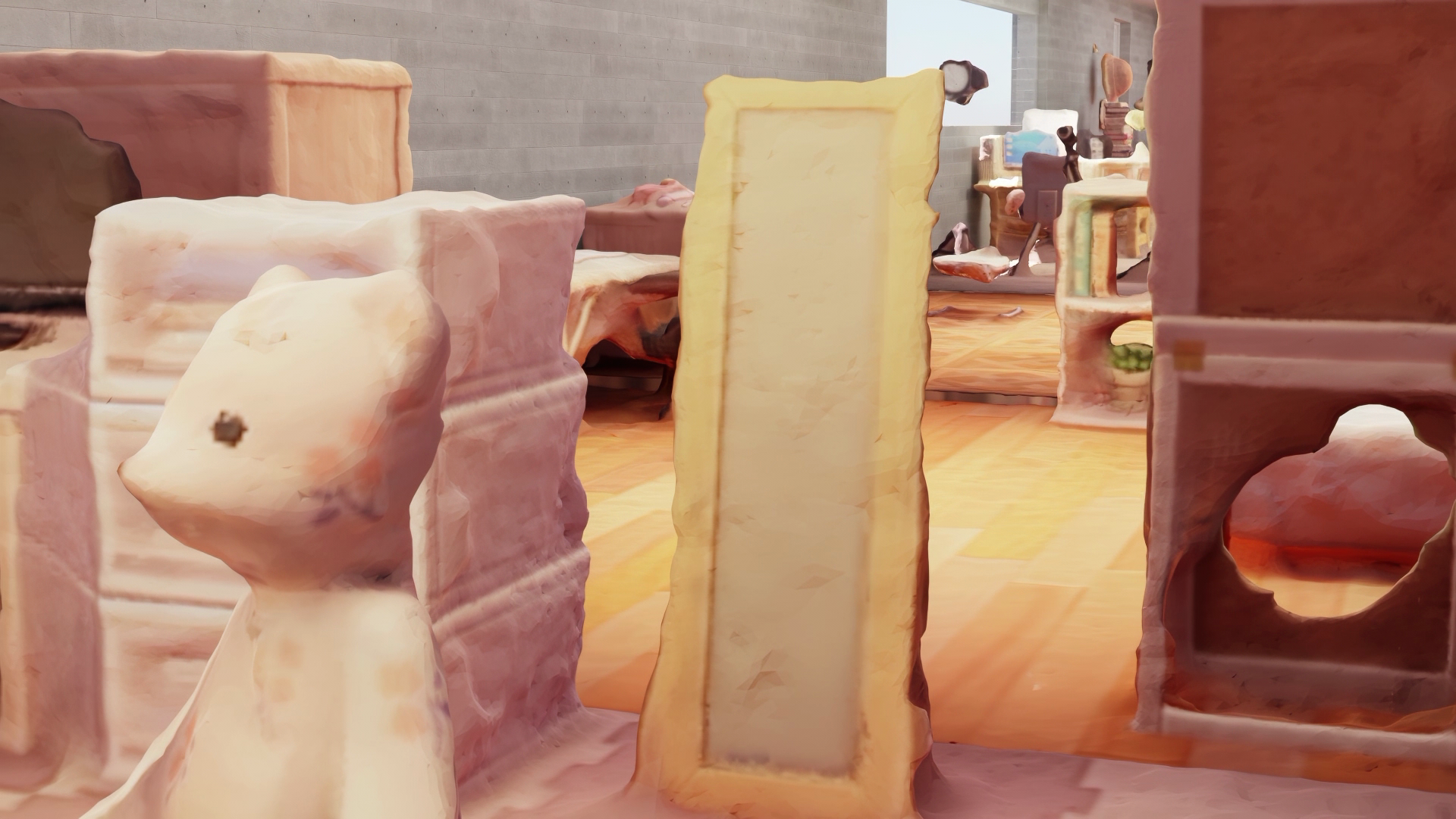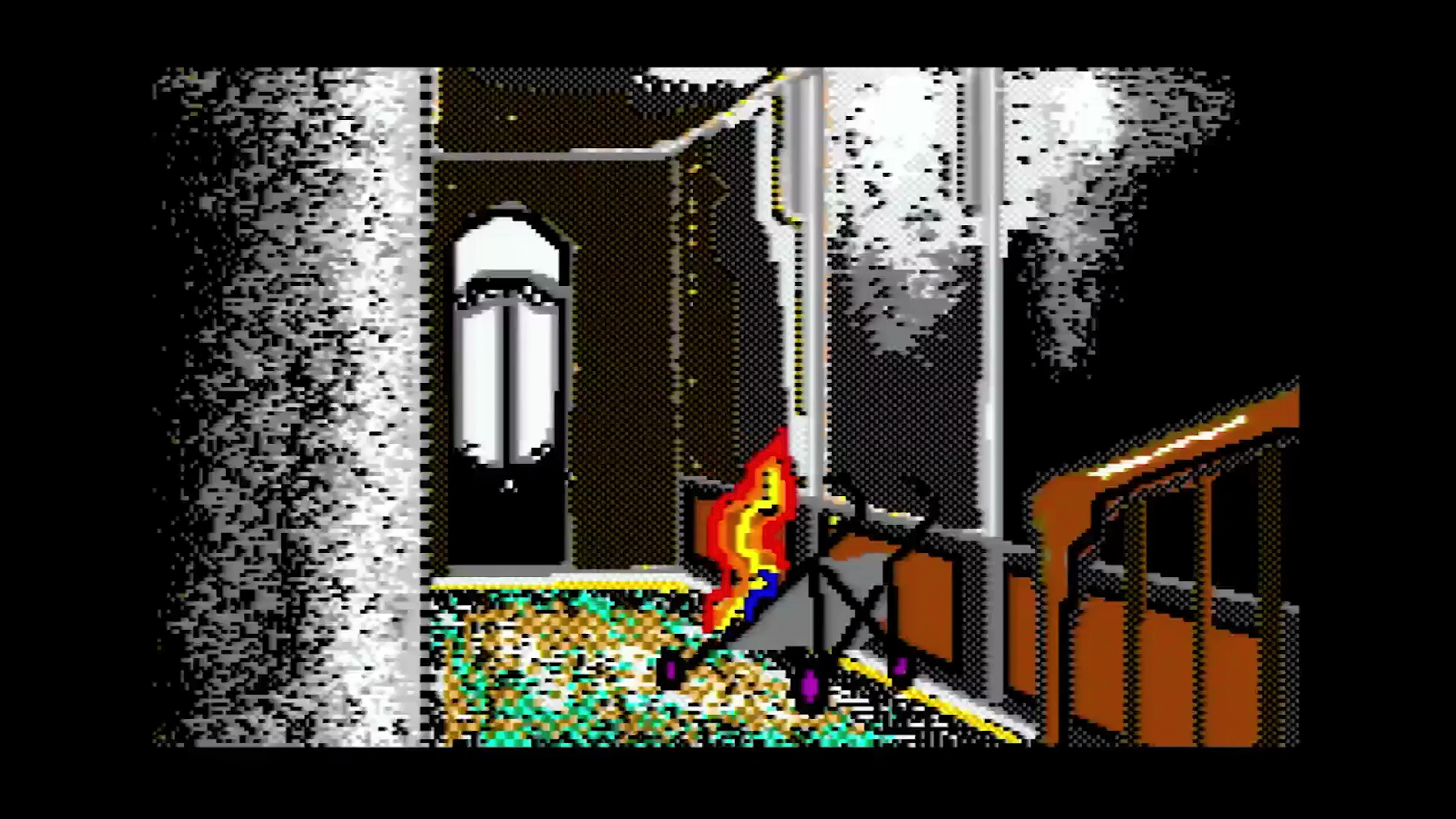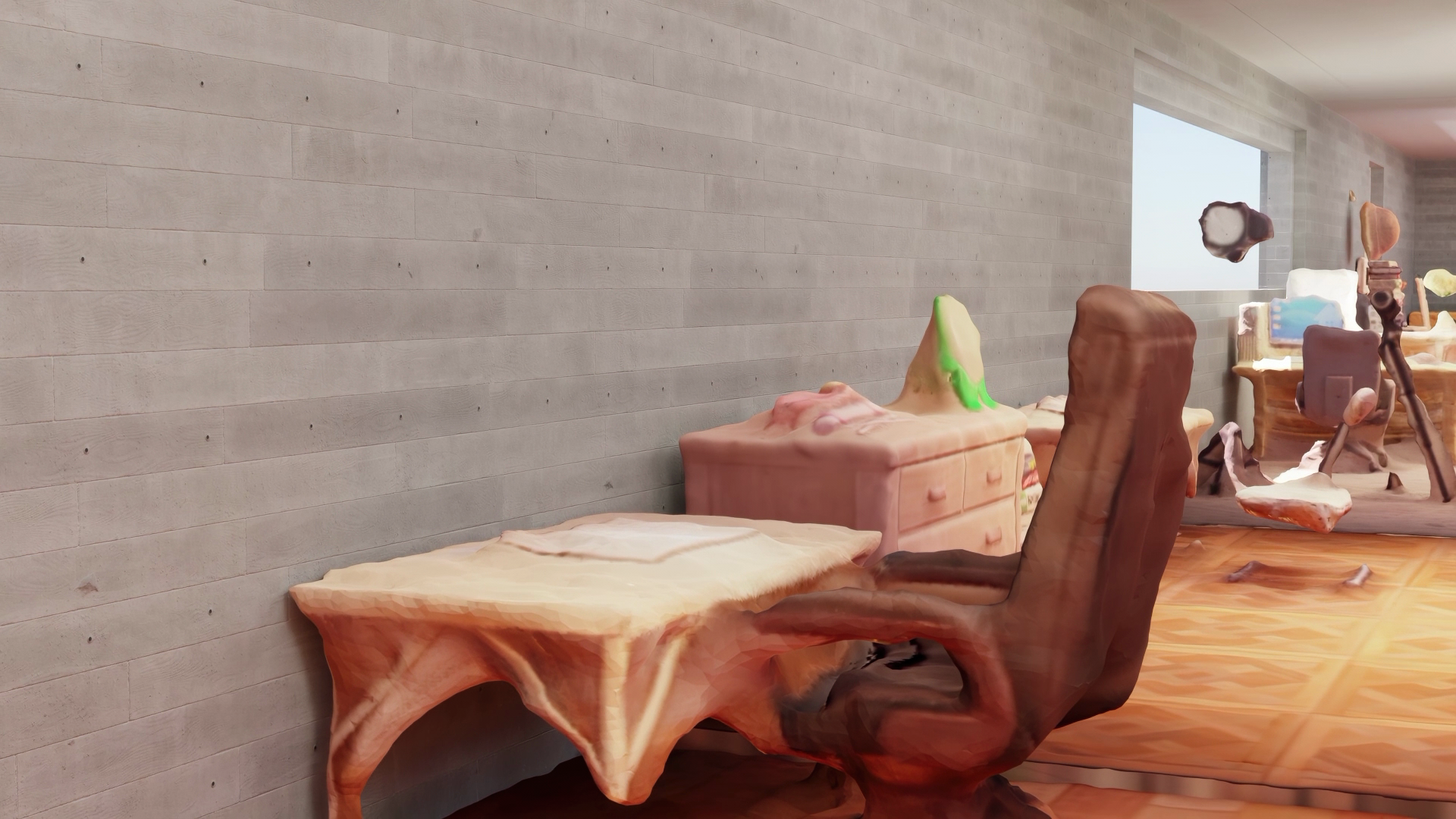Hey Plastic God please don’t save the Robotic King, Let him drone in Acidic Anesthetic
single-channel digital video, color, sound 5’ 33”, 2023, Iran/Greece
Created by Babak Ahteshamipour
Hey Plastic God please don’t save the Robotic King, Let him drown in Acidic Anesthetic explores the mental disintegration of a cyber-king plagued by hallucinations fueled by narcissism, megalomania, and a relentless desire for power and grandeur who finds himself spiraling into a self-created abyss. The video juxtaposes Ahteshamipour’s real-life paintings with digital landscapes from Super Mario 64 and Super Mario 64 DS video games, thus blurring the lines between physical and digital realities. This artistic choice symbolizes the ever-growing influence of digitalization on our daily lives and challenges the separation between these two realms, and the predominant androcentric narratives in gaming culture.
Babak Ahteshamipour is an interdisciplinary artist, writer and musician based in Athens, Greece with a background in mining and materials engineering. His practice is based on the collision of the virtual vs the actual, aimed at correlating topics from cyberspace to ecology and politics to identity, exploring them via gaming, online and pop subcultures with a focus on themes of coexistence and simultaneity. Ahteshamipour’’s work has been presented at festivals, venues, galleries and spaces, museums and institutes such as Centre Pompidou, New Art City, The Wrong, Neo Shibuya TV, University of North Texas, The Networked Imagination Laboratory (McMaster University, Hamilton, Ontario), Biquini Wax ESP, Experimental Sound Studio, Milan Machinima Festival, [ANTI]MATERIA, ArtSect Gallery, and Ametric Festival. Ahteshamipour has released music on the independent cassette label Industrial Coast and on the cassette label Jollies. His music has been played on radio stations such as Fade Radio, Radio Raheem, and Radio alHara. He has performed and shared the stage with artists such as HELM, Zoviet France, The Nam Shub of Enki, Gaël Segalen, Sister Overdrive, and Kiriakos Spirou. He has created video clips for artists such as Fire-Toolz, Digifae, and B.MICHAEEL. His work has been featured on magazines such as CTM Festival’’s magazine, KIBLIND, VRAL (Milan Machinima Festival), und. Athens, Our Culture Magazine and ATTN: Magazine.


